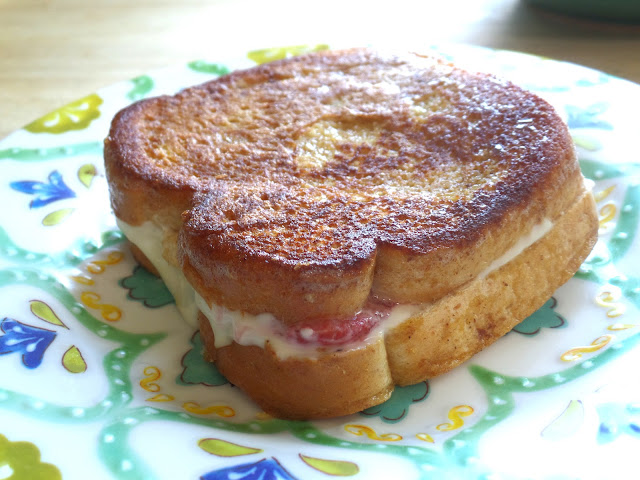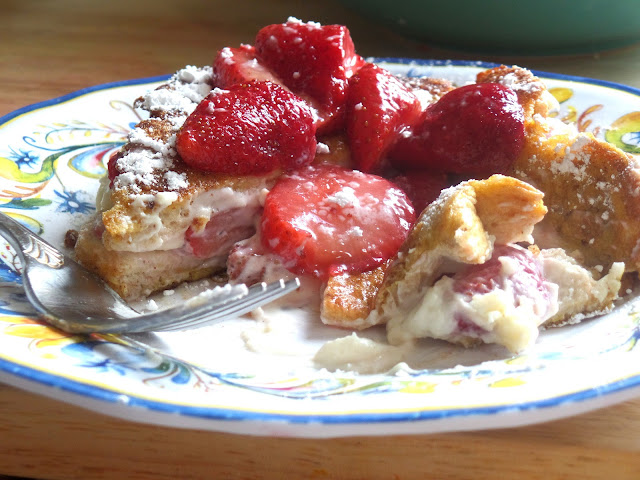I love this easy recipe for Lasagna. It wasn't long ago that I had a couple of friends celebrating their 20 year anniversary. I invited them over and decided to make them a special anniversary dinner. I wanted to make my special Lasagna with a side salad and some crusty Italian bread. Now my Lasagna is to die for. I spend most of the day making it with Italian Sausage, ground chuck, noodles, 4 cheeses and my homemade “cook all-day” sauce.
The night before they called to make sure I remembered they were both vegetarians. I had forgotten. But I learned a long time ago, if you are going to call yourself a home chef, you better have PLAN B in your back pocket. And I did and it turned out better than any Lasagna I have made! So rich and creamy with that Northern Italian flare. And you do not miss the meat! It took me all of 50 minutes to put it together and bake it! Seriously folks, this is a keeper.
Spinach Lasagna
Sauce
1¼ pounds fresh baby spinach, with stems removed
Salt and pepper
5 tablespoons unsalted butter
6 shallots, minced
4 garlic cloves, minced
¼ cup all-purpose flour
3½ cups whole milk
¾ teaspoon ground nutmeg
½ cup grated Parmesan cheese
Cheese Filling
8 ounces (1 cup) whole milk cottage cheese
1 large egg
¼ teaspoon salt
12 no-boil lasagna noodles (or use freshly made)
1 cup grated Parmesan cheese
2 cups shredded Italian Fontina cheese
1 cup Shredded whole milk mozzarella
Melt butter in medium saucepan over medium heat. Add shallots and garlic and cook, stirring frequently, until shallots are softened, about 4 minutes.
Add flour and cook, stirring constantly, until thoroughly combined, about 2 minutes; mixture should not brown. Gradually whisk in milk; increase heat to medium-high and bring to boil, whisking often. Stir in nutmeg, ½ teaspoon salt, and ¼ teaspoon pepper; reduce heat to low; and simmer, whisking occasionally, for 10 minutes.
Add spinach and stir. Simmer until spinach has wilted and blended in. Whisk in ½ cup Parmesan until completely melted.
Spread sauce evenly over bottom of dish.
Arrange noodles in single layer on top of sauce.
FOR THE CHEESE FILLING:
Add the cottage cheese, eggs and salt to a large bowl. Blend with a hand mixer until very smooth, about 30 seconds. Add in one egg and 1/4 cup of the Parmesan and mix by hand. Add a tablespoon of parsley and set aside.
Spread 1 cup of the cheese filling evenly over the noodles and sprinkle ½ cup of the Parmesan on top. Then top with more noodles. Next, spread the sauce on top of the noodles and sprinkle 1 cup Fontina over spinach mixture. Continue with more noodles and alternating sauce and cheese mixture, ending up with noodles. Then top with remaining cheeses.
Cover dish tightly with aluminum foil that has been sprayed with vegetable oil spray and bake until edges are just bubbling, about 20 minutes, rotating dish halfway through baking.
Remove dish from oven and remove foil. Adjust oven rack 6 inches from broiler element and heat broiler. Broil lasagna until cheese on top becomes spotty brown, 4 to 6 minutes.
Let lasagna cool for 15 minutes before serving.
NOTES:
· Italian Fontina cheese works best in this dish. If it is not available, substitute whole-milk mozzarella.
· Make sure your baking dish is broiler-safe. If not, brown the lasagna at 500 degrees for about 10 minutes.·
- I used freshly made noodles so no preparation is necessary. However, if you are going to use No Boil noodles, lay them on a rimmed sheet pan and pour about 2 inches of water over them. Soak them until pliable, about 5 minutes, separating noodles with tip of paring knife to prevent sticking. Remove noodles from water and place in single layer on clean dish towels; discard water.
Photography is the property of and copyrighted to Welcome Home.






























